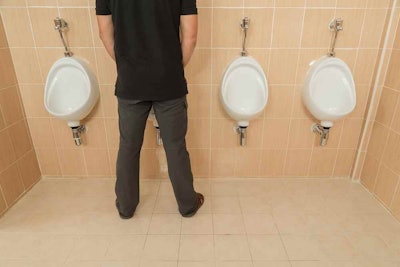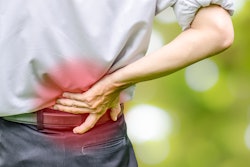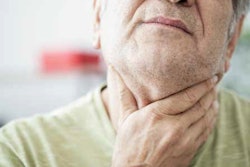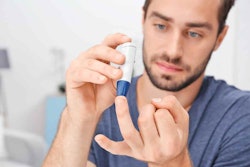 Pain or other troubles with urination can be a sign of various prostate problems. Getting medical treatment can help narrow the diagnosis.
Pain or other troubles with urination can be a sign of various prostate problems. Getting medical treatment can help narrow the diagnosis.The prostate is a walnut-sized gland that plays a role in men’s reproductive systems. It’s located below the bladder and in front of the rectum.
Prostate conditions generally come with aging. The most common problems are an enlarged prostate, prostatitis and prostate cancer.
Some research indicates sedentary behavior, such as truck driving, plays a limited role in development of prostate cancer, but the linkage is not conclusive. You can reduce your risk of prostate issues by choosing a healthy diet of fruits and vegetables, exercising most days of the week and maintaining a healthy weight.
ENLARGED PROSTATE. The prostate grows with age. When it reaches an unhealthy size, it’s known medically as benign prostatic hyperplasia. That’s found in about one in every two men between the ages of 51 and 60. The cause of BPH may have to do with normal hormonal changes as men age.
As the prostate expands, it starts to pinch the urethra, which can affect urine flow, such as a hard time getting started, a weak stream, stopping and starting midstream and dribbling upon completion. This can weaken bladder muscles, which can lead to feeling like you have to pee when you don’t, having to go too often and incontinence.
An enlarged prostate usually can be found during a physical exam. Treatments vary based on your age, health, the size of your prostate and how BPH is affecting you. Common treatments include lifestyle changes, such as exercising and drinking less caffeine and alcohol; medicine for mild to moderate BPH to relax the muscles in the prostate and bladder; and minimally invasive procedures to remove all or part of your prostate.
PROSTATITIS. If your prostate becomes swollen, tender and inflamed, you likely have prostatitis. It is most common between the ages of 36 and 50. Treatments depend on the cause but can include antibiotics, alpha blockers and anti-inflammatories. There are four types of prostatitis.
Acute bacterial prostatitis is a bacterial infection in your urinary tract. Symptoms occur quickly, so you may suddenly develop high fever, muscle aches, chills, joint pain, trouble peeing and more. This is a severe condition, so seek medical attention quickly if you have these symptoms.
Chronic bacterial prostatitis is more common in older men and is a milder bacterial infection that can linger for months. It often occurs after a urinary tract infection or acute bacterial prostatitis. Symptoms include the urgent need to pee in the middle of the night, painful urination, pain after ejaculation and more.
Chronic prostatitis/chronic pelvic pain syndrome is the most common type of prostatitis and shares many of the same signs as bacterial prostatitis. Triggers include stress, nearby nerve damage and physical injury. The main sign is pain that lasts more than three months in the penis, scrotum, area between the scrotum and rectum, lower abdomen or lower back.
Asymptomatic prostatitis is when men have an inflamed prostate but no symptoms. No treatment is required, but it could lead to infertility.
PROSTATE CANCER. After skin cancer, this is the most common type of cancer in men. It generally grows slowly and initially is confined to the prostate gland. Survival rates are extremely high in many cases where cancer has not spread to other body parts. Some types, however, can spread quickly.
Symptoms include urination problems, blood in semen, discomfort in the pelvic area, bone pain and erectile dysfunction. Risk factors include advanced age, race, family history and obesity. Black men carry a much greater risk of prostate cancer than men of other races, and it is more likely to be more aggressive.
See all Better Health entries at this link. See others at the links below:









